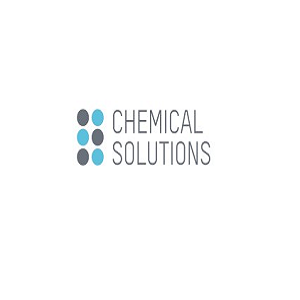Articles
Dangerous Goods Handling Best Practices for Modern Industrial Operations

Share article
Protection is necessary for the processing, storage and transportation of hazardous materials. In order for the handling of hazardous materials to be safe, a certain degree of material management is required that enables avoidance of potential hazards or safety risks and compliance with applicable regulations. This is where dangerous goods handling comes into play – this is the process of identifying, packaging, labeling, storing and transporting hazardous materials safely to lessen risk to the safety of people and the environment.
Defining Dangerous Goods Handling
Dangerous goods handling is defined as the safe and lawful management of goods that may be considered hazardous if mishandled. These goods may include chemicals, gases, liquids, flammable substances, explosives and any other hazardous material that would need specific protocols for care.
The main aim of dangerous goods handling is to protect persons who come into contact with hazardous materials - from warehousing staff to transport operators and the public and environment; whilst providing safe and efficient management of hazardous materials. Dangerous goods handling also assists with compliance with all nationwide and international regulations such as the Australian Dangerous Goods (ADG) Code and the United Nations Recommendations on the Transport of Dangerous Goods.
Categories of Dangerous Goods
Dangerous goods are divided into categories or classes to delineate the dangerous characteristics of the goods and to classify the correct handling methods or procedures for each type of dangerous goods; these include the following:
Class 1 – Explosives: Articles or substances that are capable of producing a pyrotechnic effect by detonation, or serve as a blasting agent.
Class 2 – Gases: Compressed, liquefied, or dissolved gases including liquefied petroleum gas (LPG) and oxygen.
Class 3 – Flammable Liquids: Such as fuels, solvents, and alcohols, with a flash point that permit ignition.
Class 4 – Flammable Solids: A substance that ignites under friction (for example), or when wet.
Class 5 – Oxidising Agents, Organic Peroxides and Related Materials: Here a substance that promote combustion.
Class 6 – Toxic and Infectious Substances: Any chemical substance which is toxic or poses a threat to human health.
Class 7 – Radioactive: Any material that is known to emit ionising radiation.
Class 8 – Corrosives: Acid and base materials that may cause damage to other materials and skin.
Class 9 – Specialty Dangerous Goods: Goods that are recognised as a hazard to the environment.
When the classes of dangerous goods is understood this allows for the proper handling methods, marking of containers, and storing of each type.
Essential Measures for Safe Handling of Dangerous Goods
Following proper handling methods will ensure compliance and safety. These key measures include:
Advertisement

